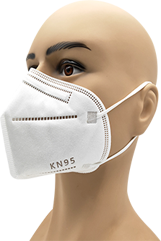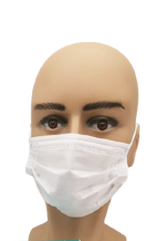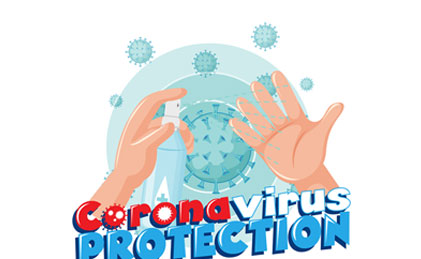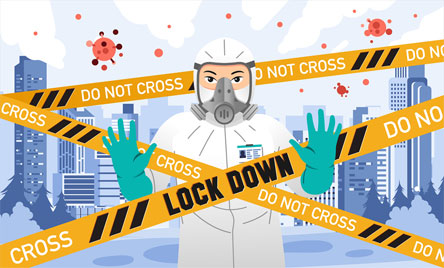The Difference between Surgical Mask and Procedure Mask
Before talking about masks in detail, it is very important to understand the transmission mode of the COVID-19 and the difference between droplets and aerosols. Although scientists are still studying the way the virus spreads from person to person, the virus seems to be spread mainly through droplets, and it may be spread through aerosol particles at very close distances.
Droplets are usually large liquid particles produced by coughing or sneezing. Due to the large size, these particles will not travel too far and fall to the surface of the object. This is how the virus spreads through contaminated surfaces such as door handles.
Aerosols are very small particles. They are very light and can be suspended in the air for a long time. In addition to spreading through coughing and sneezing, aerosols can be released by speaking or breathing.
Understanding the difference between surgical masks and procedure masks can help everyone choose masks according to their needs and effectively prevent COVID-19.
1. Surgical mask
Surgical masks are the most commonly used masks in hospitals. The advantage of a surgical mask is that it has the function of blocking fluids and can block large droplets or splashes of body fluids. In addition, surgical masks do not need to be tested for fit.
But surgical masks cannot block aerosols. If you come into direct contact with patients infected by the COVID-19 during the process of aerosol generation, surgical masks cannot provide adequate protection.
When the COVID-19 is raging, surgical masks are extremely precious personal protective equipment. In the hospital, everyone must wear an antiviral surgical mask when entering the hospital, as this can block droplets and prevent the wearer from spreading diseases when coughing or sneezing. It can also protect medical staff from direct contact with asymptomatic people or patients who have not yet been diagnosed with the COVID-19. Masks must be discarded when they leave, which shows that maintaining an adequate supply of masks for such public facilities is crucial.
2. Procedure mask
Procedure masks must be used in various types of surgery to prevent open wounds from being infected by foreign bacteria or viruses. It can also prevent the patient's body fluid from splashing into the mouth. At the same time, surgical masks can block aerosols, which is essential to protect medical staff who directly provide patient care. Not only do they have to be in close contact with the patient, but they also often perform operations such as ventilator intubation, which will generate a large number of aerosol particles, thereby increasing their risk of infection.




